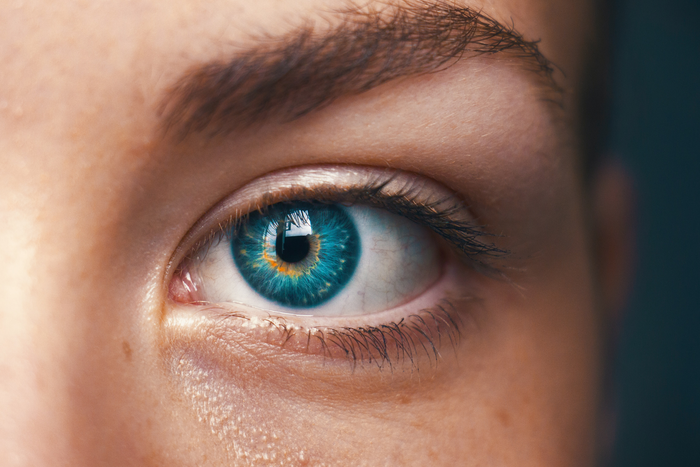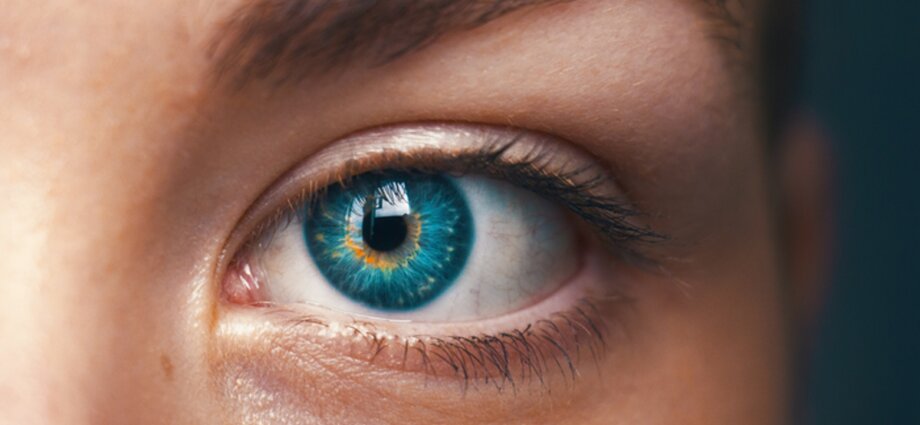A contracted pupil during sleep may be an indication the brain is replaying new memories while a dilated one may hint at older memories being relived, a new study suggests.
The study, published in the journal Nature on Wednesday, says that pupil size is key to understanding how, and when, the brain forms strong, long-lasting memories.
Researchers at Cornell University in the US attached electrodes to mice brains and followed the rodents with eye-tracking cameras.
They found new memories replayed and consolidated when the pupil was contracted during a substage of sleep. When the pupil was dilated, the brain appeared to replay older memories.
The brain’s ability to separate these two sleep substages is crucial in preventing “catastrophic forgetting”, or the consolidation of one memory at the expense of another, researchers say.

Researchers taught the mice involved in the study a variety of tasks such as collecting water or cookie rewards in a maze. They fitted the rodents with brain electrodes and tiny cameras that hung in front of their eyes to track their pupil changes.
As a mouse learned a new task and fell asleep, the electrodes captured its brain activity and the camera recorded pupil changes.
Scientists found that memory consolidation takes place during non-REM sleep, when the eyes do not move rapidly. Non-REM sleep is when we dream.
“These moments are very, very short periods of time undetectable by humans, like 100 milliseconds,” study co-author Azahara Oliva explained.
The study helps researchers understand how the brain distributes its screenings of memory, which are fast and short throughout sleep.
It also provides an insight into how the brain separates new knowledge such that it doesn’t interfere with old information already in the mind.
The latest findings suggest the structure of sleeping in mice is more varied and more similar to the stages observed in humans than previously thought.
Researchers could better understand the process by interrupting the mice’s sleep at different moments and later testing how well they recalled their learned tasks.
When a mouse entered a substage of non-REM sleep, its pupil was found to shrink and the brain seemed to replay recently learned tasks, or new memories.
“Conversely, older memories are replayed and integrated when the pupil is dilated,” the study notes.
“It’s like new learning, old knowledge, new learning, old knowledge, and that is fluctuating slowly throughout the sleep,” Dr Oliva said.
The findings point to an inbuilt mechanism in the brian operating at a very short timescale that separates new learning from old knowledge.
Researchers hope the study will lead to better memory enhancement techniques for humans and help train artificial intelligence.











